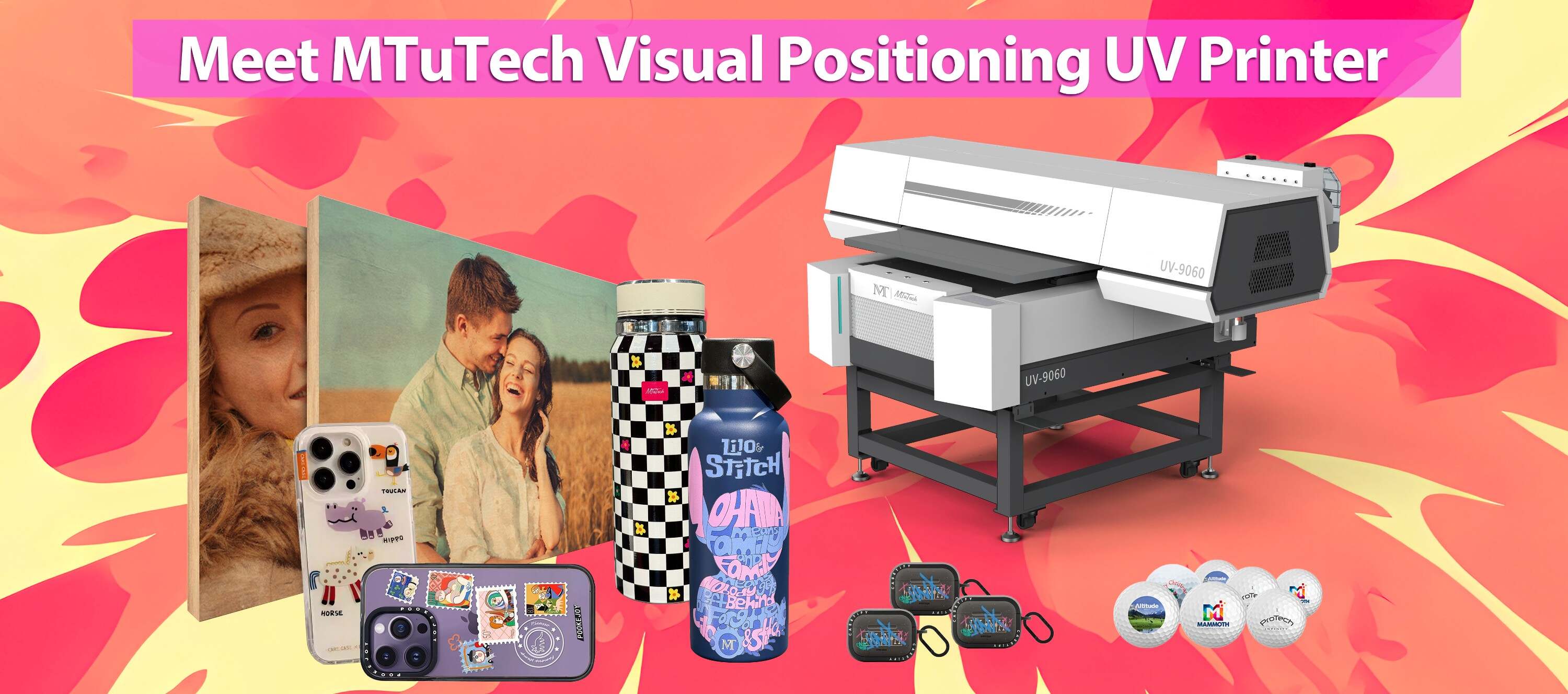Introduction
In the rapidly evolving world of industrial manufacturing, new technologies are continuously reshaping the landscape. One such technology that has emerged as a game changer is UV printing. This advanced printing method harnesses ultraviolet light to cure or dry ink as it is printed, enabling businesses to achieve high-quality prints on a wide variety of substrates. From packaging to signage and everything in between, UV printing is not just a trend; it is revolutionizing how products are made and presented.
Understanding UV Printing
UV printing utilizes specialized inks that contain photoinitiators. These inks remain liquid until exposed to UV light, triggering a chemical reaction that quickly hardens them. This process allows for exceptional adhesion and durability, making UV printing ideal for various applications in the manufacturing sector.
Key Characteristics of UV Printing
Fast Drying: UV printing cures instantly, significantly speeding up the production process.
Versatile Substrates: It can be used on numerous materials, including plastics, metals, wood, and glass.
High-Quality Prints: UV printing achieves sharp details and vibrant colors, enhancing the visual appeal of products.
Environmentally Friendly: UV inks are typically low in volatile organic compounds (VOCs), making them a cleaner option compared to traditional solvents.
Benefits of UV Printing in Industrial Manufacturing
The adoption of UV printing technology in industrial manufacturing comes with a plethora of benefits that help businesses improve operations, reduce costs, and enhance product quality.
1. Enhanced Durability
UV-cured prints are highly resistant to scratches, chemicals, and UV light, making them ideal for products that endure harsh environments or require long-term outdoor use.
2. Customization Options
With UV printing, manufacturers can easily produce customized designs. Whether it's unique graphics on packaging or personalized labels, the flexibility in design is unmatched, allowing brands to stand out in competitive markets.
3. Cost-Effectiveness
Although the initial investment in UV printing technology can be higher than traditional methods, the long-term savings are significant. The reduced waste, faster production times, and lower labor costs all contribute to a healthier bottom line.
4. Streamlined Workflow
The instant curing feature of UV printing eliminates the need for drying or waiting periods, allowing for a more streamlined production process. This efficiency translates to quicker turnaround times and the ability to meet tight deadlines.
Applications of UV Printing in Industrial Manufacturing
UV printing’s diverse applicability makes it a valuable asset across various sectors of industrial manufacturing. Here are some notable applications:
1. Packaging
In the packaging industry, UV printing is increasingly used for labels, corrugated boxes, and flexible packaging. Its ability to print directly on various materials enhances brand visibility with high-quality graphics and vibrant colors.
2. Signage
UV printing is well-suited for creating signs due to its weather resistance and durability. Its versatility allows for it to be used on both rigid substrates like foam board and flexible materials like banners.
3. Electronics
In the electronics sector, UV printing is used to print directly on items such as mobile phone cases and electronic control panels. This direct printing not only saves time but also ensures precision and high quality.
4. Promotional Products
Promotional products, from custom corporate gifts to branded merchandise, can greatly benefit from UV printing. The ability to create intricate designs and vibrant colors helps in making products stand out.
Future Trends of UV Printing in Industrial Manufacturing
As technology develops, the future of UV printing in industrial manufacturing looks bright. Here are some key trends that are likely to shape its progress:
1. Increased Automation
The integration of automation in UV printing processes will likely enhance efficiency and reduce labor costs. Fully automated printing lines could minimize human error and streamline production even further.
2. Eco-Friendly Innovations
As companies strive for sustainability, innovations in UV printing inks and processes will become more prevalent. Manufacturers will increasingly seek biodegradable and recyclable materials without sacrificing quality.
3. Expanded Substrate Options
Continued research and development may lead to more advancements in printable materials, allowing even more versatility in applications across different industries. The ability to print on unconventional surfaces will continue to grow.
Case Studies: Success Stories from the Field
Several companies have already tapped into the potential of UV printing, demonstrating its transformative power in industrial manufacturing. Here are two notable examples:
1. ABC Packaging
ABC Packaging, a mid-sized packaging firm, transitioned to UV printing and saw a 30% reduction in production times. The ability to produce short runs of customized packaging without the need for plates has attracted new clients seeking unique solutions.
2. XYZ Electronics
XYZ Electronics utilized UV printing for its line of gadget cases, improving product quality and reducing costs by 20%. The sharp, vibrant designs achieved through UV printing helped enhance their brand identity and customer satisfaction.
Conclusion
UV printing stands at the forefront of technological advancements in industrial manufacturing. Its unmatched speed, versatility, and cost-effectiveness make it a prized solution for modern production challenges. As businesses increasingly prioritize quality and efficiency, UV printing will continue to play a crucial role in shaping the future of various manufacturing sectors.
For companies looking to invest in this revolutionary technology, it's essential to choose the right equipment. Explore our high-quality UV printers here to find the perfect fit for your manufacturing needs.
FAQ
What materials can be printed using UV printing?
UV printing can be performed on a multitude of substrates, including plastics, metals, glass, wood, and textiles, making it a versatile option for various applications.
Is UV printing environmentally friendly?
Yes, UV printing is generally more environmentally friendly because it uses low-VOC inks and reduces waste by eliminating the need for drying processes, which can consume resources.
Does UV printing provide better durability than traditional printing methods?
Absolutely! UV-cured prints are more durable, offering superior resistance to scratches, chemicals, and UV radiation compared to prints made with traditional inks.
How does UV printing improve production efficiency?
The instant curing process of UV printing allows for rapid production cycles and eliminates the waiting time associated with traditional printing methods, ultimately speeding up overall manufacturing timelines.

